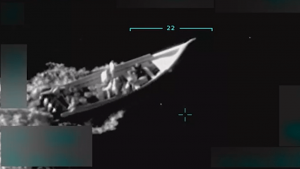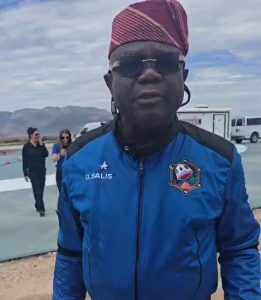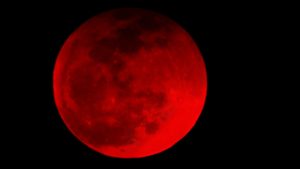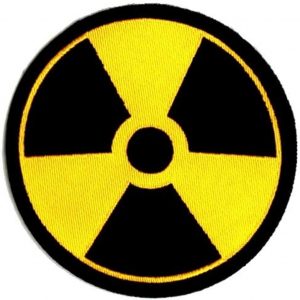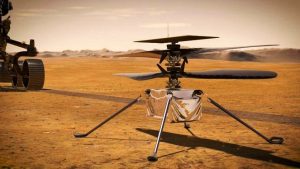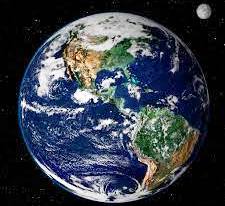
Man must colonise space, especially Mars and the Moon, if he truly plans for people to live independently and work in space.
US Artemis programme is planning crewed missions to the Moon, building a habited lunar base and then moving on to Mars.
Wang Xiaojun, Head, China Academy of Launch Vehicle Technology, gave a 2033 date to land taikonauts on the Moon.
Elon Musk is a volunteer for SpaceX’s first mission to Mars which will be as soon as possible.
There is great interest in space, not just to visit but to live there independent of the Earth, and many young persons are aspiring to become astronauts to make this happen.
The ESA advertised to fill four to six vacancies in its astronauts corps in 2022 and received 22,589 applications, out of which 5,419 are women.
Keeping up the race to conquer space does not appear to be a big issue.
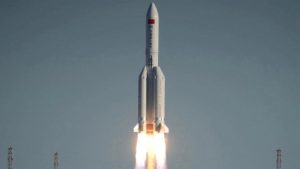
However, a problem with any mission with astronauts of the future to Mars is that the travel time will be too long and has to be shortened.
It took Voyager-2, 12 years to reach Neptune.
With improvements in rocketry, a one-way trip to Mars takes six months to one year, depending on the positions of the two planets in their elliptical orbits at launch time.
The minimum distance from Earth is 54.5 million kilometres (33.9 million miles), but can be up to 337.49 million kilometres.
The minimum speed or Escape Velocity to be able to leave the Earth is 7.9 kilometres per second (4.9 miles/second) or 17,600 miles/hour.
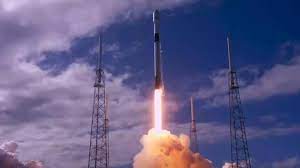
Rocket speed now can reach 39,600 kilometres per hour (24,600 miles/hr) but is still not fast enough for a safe crewed Martian mission.
Radiation exposure leaves astronauts at an increased risk of developing cancer, cognitive issues and cardiovascular problems.
For this reason, NASA kept radiation exposure rule for its astronauts at three per cent increase in an astronaut’s risk of dying from cancer.
This was criticised as being discriminatory for allowing higher limits for older male astronauts whose risk of cancer from radiation exposure is lower.
This means that a female astronaut can only fly half of the missions that her male counterpart can fly.
In 2021, NASA had a more universal standard limiting all astronauts to 600 millisieverts of radiation over their career.
Astronauts of both sex on long missions can get a waiver but it still does not solve the problem.
Scientists are considering a nuclear source of energy to power future launch vehicles instead of chemical propellants or solar-powered electric systems.
A Propulsion System of the future should consider:
a) Thrust
this is how fast it accelerates.
b) Fuel Volume Efficiency
this is thrust per litre of fuel it can deliver.
c) Fuel Mass Efficiency
this is thrust per weight of the fuel.
The Saturn V rocket that took astronauts to the Moon had 35 million Newtons of force at liftoff and carried 950,000 gallons of fuel.
The volume efficiency of Uranium is four million times higher than Hydrazine, an equivalent chemical rocket fuel.
A nuclear option is the Nuclear Thermal Propulsion system.
This involves a nuclear fission reactor in a rocket to heat gas and release it through nozzles at the rear to create thrust.
Eight US space rockets carrying nuclear reactors have been launched in the last 40 years.
It can cut the travel time to Mars by 25%,
The time can be further reduced by using the Nuclear Electric Propulsion system.
This can use nuclear fission to generate electricity that can power propulsion systems with several electric thrusters.
This will have an efficiency level, three times better, but has not been built because a US law enacted in 1970 does not permit it without express approval from the President.
In August, 2019 Trump’s Presidential Memorandum allowed small nuclear materials for use in space to be approved by NASA.
The amount can be increased with another application after the successful use of the first one.
The longest single stay in space is for 437 days by Russian cosmanaut Valery Polyakov aboard the Mir Space Station from January, 1994 to March, 1995.
NASA’s Scott Kelly stayed in ISS for 340 days from 2015 to 2016.
The record for a woman is by NASA’s Christina Koch for 328 days in ISS in 2020.
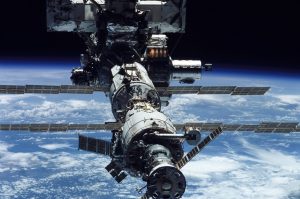
All these were in Low Earth orbits where an astronaut can be rushed back to Earth in a health or other emergency.
This fact will pose a problem for the approval of a crewed Martian flight if technology does not develop so that any flight to Mars does not go beyond a few weeks.
The search for better rocket fuel volume and mass efficiency and thrust continues before human beings can seriously contemplate living and working in Mars.
photo credit: nasa

